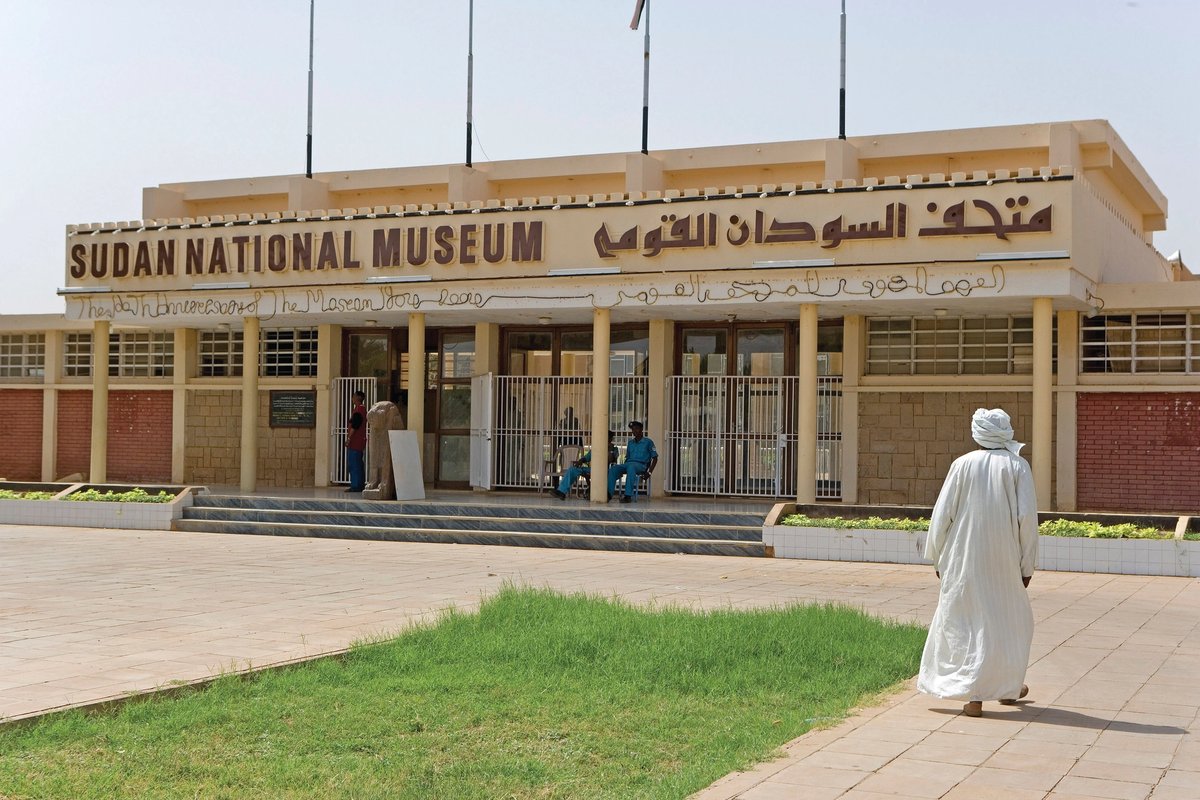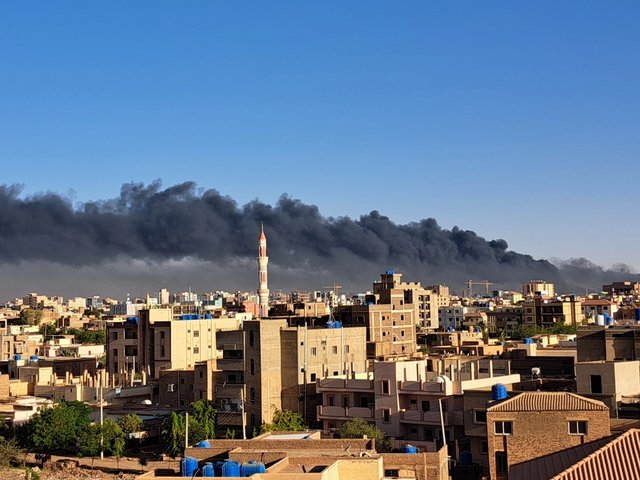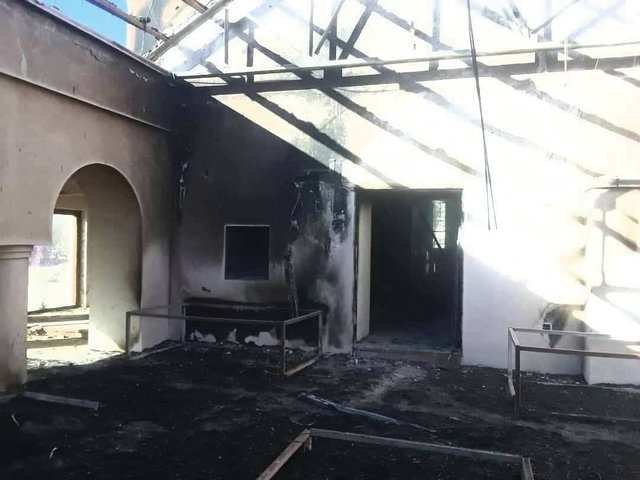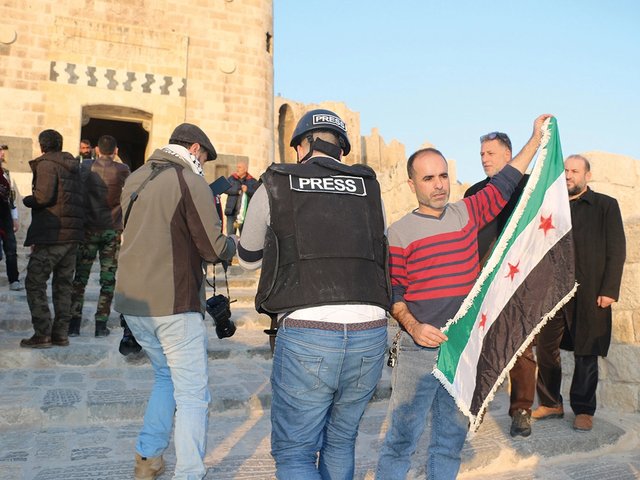The civil war in Sudan is increasingly threatening the country’s rich cultural heritage, experts have warned. Museums and archaeological sites are among the many locations endangered by the conflict, which has raged since April 2023.
“In recent weeks, this threat to culture appears to have reached an unprecedented level, with reports of looting of museums, heritage and archaeological sites and private collections,” Unesco says in a press release. “The organisation is particularly concerned by reports of looting at the National Museum of Sudan.”
Earlier this month, Ikhlas Abdel Latif, the head of museums at Sudan’s national antiquities authority, said that there had been “major looting” at the national museum.
“Archaeological objects stored there have been taken in big lorries and transferred to the west and to border areas, particularly near South Sudan,” Abdel Latif told AFP and reported by France24.
If confirmed, this large-scale looting would be the latest trouble to afflict the national museum. Last year, the Cultural Heritage Monitoring Lab reported that two structures in the museum’s grounds—each protecting an ancient temple, moved to the site during the 1960s—were damaged during April 2023.
Two months later, a video posted online reportedly shows members of the Rapid Support Forces (RSF)—one of the competing military factions involved in the conflict—inside the national museum’s bioarchaeology lab filming the ancient mummies stored there.
The RSF has denied entering the museum and that any objects have been taken.
The sheer extent of cultural destruction across Sudan over the past 18 months has been recorded in three reports published by the Sudan Heritage Protection Initiative (SHPI), part of the NGO Heritage for Peace. These describe significant damage to the Sudan Ethnographic Museum and Sudan Natural History Museum, both in Khartoum; thefts from the Khalifa House Museum in the city of Omdurman; and that both the Darfur Museum in Nyala, and the Sultan Ali Dinar Museum in El Fasher, are reportedly partially damaged. Mosques, churches, archives, cultural centres, and national parks have all been caught up in the violence.
The war has also impacted Sudan’s archaeological sites. The Unesco World Heritage Site of Naqa—an ancient city, famous for its temples, 110km north-east of Khartoum—is currently under threat.
“Most of the excavation workers have fled, the excavation house has been broken into, and the tires of the vehicles have been stolen. The antiquities site lies defenceless,” Arnulf Schlüter, the director of the Munich Museum of Egyptian Art, told Deutsche Welle. Both Naqa and the ancient temple site of Musawwarat es-Sufra, 17km to its north, are now “surrounded by landmines,” the SHPI write in their August 2024 report.
Other archaeological sites have been indirectly impacted by the conflict. At the pyramids of Meroe—a World Heritage Site, 200km north-east of Khartoum—site maintenance and monitoring are now almost totally absent. People have built homes in the archaeological buffer zone, and visitors have climbed on the pyramids and written on their walls. Sand dunes, which have built up beside the ancient monuments, and recent heavy rains have also caused damage.
“The collapses of sandstone chunks from the top of some of the pyramids indicate the most severe effect of the intense rain and the irresponsible attitude of the visitors,” the SHPI write in their August 2024 report.
With Sudan’s heritage sites facing such immediate threats, and the danger of looted goods leaving the country, Unesco has urged people not to buy, or to be involved in the movement of, Sudanese cultural property.
“Any illegal sale or displacement of these cultural items would result in the disappearance of part of the Sudanese cultural identity and jeopardise the country's recovery,” Unesco says.





